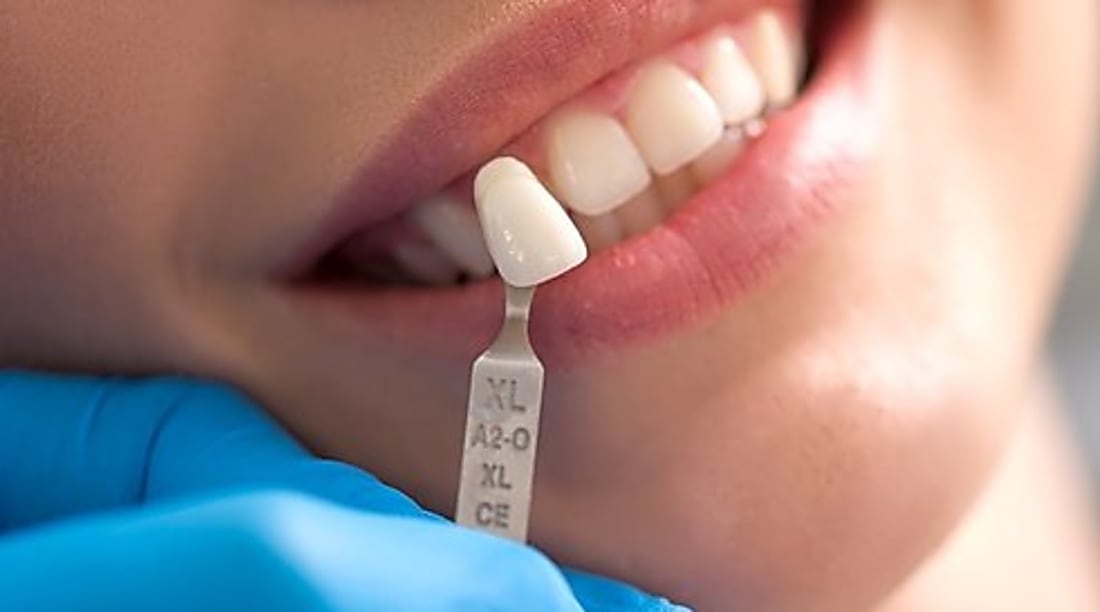Complete Guide to Tooth Replacement Bridge Options
Dental bridges are used to replace missing teeth and help maintain a natural smile. Learning about the different types, the procedure involved, and proper care can help individuals understand their options and work with a dental professional to support overall oral health and comfort.

Missing teeth can significantly impact your ability to chew, speak clearly, and feel confident about your smile. Bridge restorations have been a trusted solution for decades, offering patients a way to restore their oral function and aesthetic appearance. These custom-made prosthetic devices literally bridge the gap where teeth are missing, using adjacent teeth as anchors to support replacement teeth.
What Are Bridge Restorations for Missing Teeth?
Tooth replacement bridges consist of one or more artificial teeth called pontics, which are held in place by crowns attached to the teeth on either side of the gap. The supporting teeth, known as abutment teeth, are prepared by removing a portion of their enamel to accommodate the crowns. Traditional bridges are the most common type, but cantilever bridges and Maryland bridges offer alternatives depending on the location and number of missing teeth. The entire structure is typically made from materials like porcelain, ceramic, or a combination of metal and porcelain to match your natural teeth.
How Long Do Bridge Restorations Last?
The lifespan of tooth replacement bridges varies depending on several factors, including oral hygiene habits, the materials used, and the location in your mouth. On average, well-maintained bridge restorations can last between 10 to 15 years, with some lasting even longer. Proper care is essential for maximizing longevity, including regular brushing, flossing with special tools designed for bridges, and routine checkups. Factors that can reduce bridge lifespan include teeth grinding, poor oral hygiene, and consuming hard or sticky foods that can damage the restoration.
Bridge Restorations vs. Implants: Key Differences
When considering tooth replacement options, patients often compare bridges to implants. Bridge restorations require modification of adjacent healthy teeth to serve as anchors, while implants are standalone replacements that don’t affect neighboring teeth. Implants typically last longer than bridges, often 20-30 years or more, but require sufficient bone density and a longer treatment timeline. Bridge restorations can be completed in a few weeks, making them a faster solution for tooth replacement. The choice between these options depends on factors like bone health, the condition of adjacent teeth, timeline preferences, and budget considerations.
Types and Materials Used in Bridge Construction
Several types of tooth replacement bridges are available to accommodate different situations. Traditional bridges are most common, requiring crowns on both sides of the gap. Cantilever bridges attach to only one adjacent tooth, useful when there’s only one neighboring tooth available. Maryland bridges use a metal or porcelain framework bonded to the back of adjacent teeth, preserving more natural tooth structure. Materials range from all-porcelain for optimal aesthetics to porcelain-fused-to-metal for added strength, with zirconia becoming increasingly popular for its durability and natural appearance.
| Treatment Option | Provider Type | Average Cost Range |
|---|---|---|
| Traditional Bridge (3-unit) | General Dentist | $3,000 - $5,000 |
| Traditional Bridge (3-unit) | Prosthodontist | $4,000 - $6,500 |
| Maryland Bridge | General Dentist | $1,500 - $2,500 |
| Cantilever Bridge | Specialist | $2,500 - $4,000 |
| Implant-Supported Bridge | Oral Surgeon/Prosthodontist | $6,000 - $12,000 |
Prices, rates, or cost estimates mentioned in this article are based on the latest available information but may change over time. Independent research is advised before making financial decisions.
Maintenance and Care Requirements
Proper maintenance is crucial for the longevity of tooth replacement bridges. Daily cleaning involves brushing twice daily with fluoride toothpaste and using floss threaders or water flossers to clean under the bridge where regular floss cannot reach. Avoiding hard, sticky, or chewy foods helps prevent damage to the restoration. Regular visits every six months allow for professional cleaning and monitoring of the bridge’s condition. Signs that may indicate problems include pain, sensitivity, or changes in bite alignment, which should prompt immediate consultation.
Tooth replacement bridges remain an excellent option for replacing missing teeth, offering a balance of functionality, aesthetics, and affordability. While they require modification of adjacent teeth and have a finite lifespan, bridges provide immediate restoration of your smile and chewing ability. The decision between bridges and other tooth replacement options should be made in consultation with your dentist, considering your specific oral health needs, lifestyle, and preferences. With proper care and maintenance, a bridge restoration can serve you well for many years, helping you maintain oral health and confidence in your smile.
This article is for informational purposes only and should not be considered medical advice. Please consult a qualified healthcare professional for personalized guidance and treatment.




